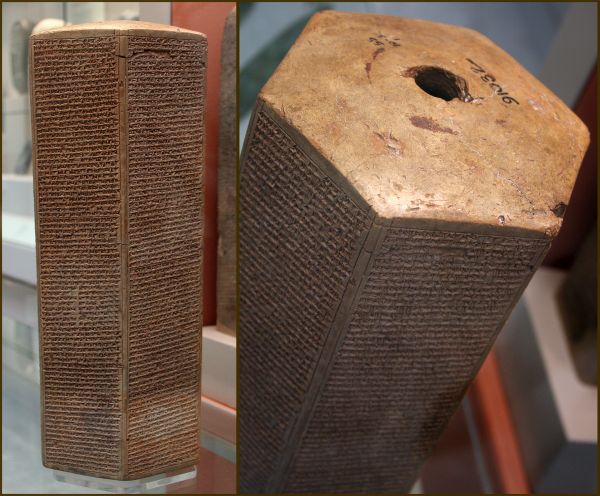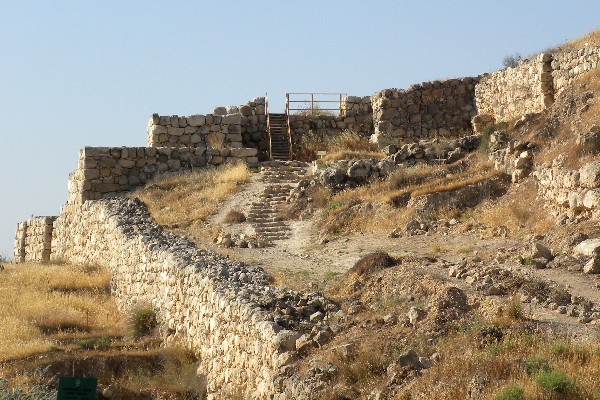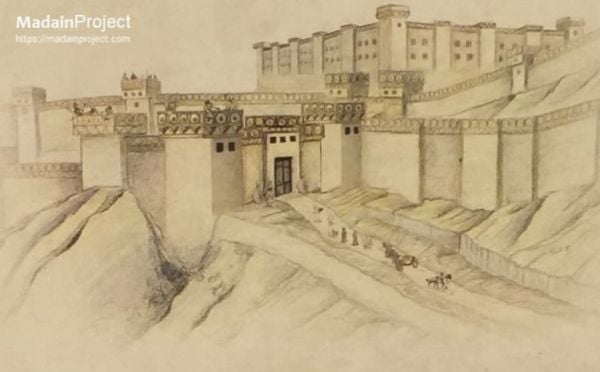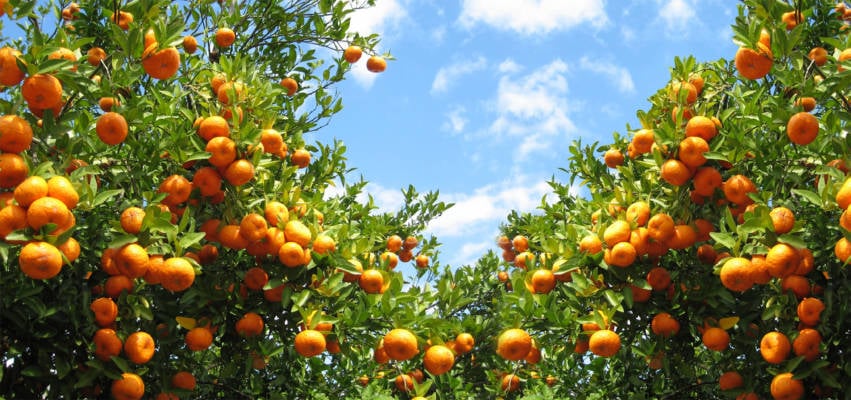
During the First Temple period, Jerusalem was the only Israelite city larger than Lachish.
By Nosson Shulman, Licensed Tour Guide
“And Joshua passed on from Libnah, and all Israel with him, to Lachish, and encamped against it, and fought against it. And G-d delivered Lachish into the hand of Israel; and he took it on the second day, and smote it with the edge of the sword, and all of the souls that were in it.” (Joshua 10: 31-32)
Today we will explore a unique biblical site called Lachish. Located in central Israel near Kiryat Gat, Lachish is not widely known, though it was Israel’s largest city during the Biblical First Temple era (after Jerusalem). Unlike Jerusalem which hosts millions of tourists a year, Lachish almost always stands empty, even during the busiest tourist season.
The city was one of the most powerful of the Canaanite cities with its own King. It controlled much of the surrounding territory.
Circa 1500 BCE — while the Children of Israel were enslaved in Egypt — Egypt dominated the Holy Land, allowing the Canaanite kings to rule their city-states as long as they remained loyal to the pharaohs. Lachish flourished during this time.
Joshua’s Epic Battle
When the Children of Israel entered the Holy Land, they waged war with 31 Canaanite city kings.
After Jericho and Ai were conquered, the city of Gibeon decided to make an alliance with Israel. Five kings, including Lachish, heard that the Gibeonites were seeking peace with Israel and feared other Canaanite city-states would do likewise.
To prevent this, as described in the Book of Joshua (chapter 10), Lachish and the four other cities attacked Gibeon. Joshua then came to their aid, and God caused the five kings to immediately be confounded and flee. While fleeing, large hailstones miraculously fell on the Canaanites. And to give the Children of Israel more time to complete their victory, God listened to Joshua’s prayer that the sun stay still in the sky.
The Children of Israel then captured and executed the Canaanite kings, and Joshua entered Lachish itself and destroyed the city. Lachish was later given to the tribe of Judah (Joshua 15:39).
Israelite Lachish became an important city, partly due to its location on an important ancient highway (the road to Hebron or Jerusalem from Egypt went through here). Its fortifications were massive, and Lachish soon became the second biggest city in the Israelite Kingdom after Jerusalem.
Lachish became a regional capital city, which meant it had its own governor. The governor’s home was the largest palace ever found from ancient Israel.
After Solomon’s death, his son Rehoboam became king. Under him, the kingdom split into two, with Rehoboam retaining control of Judah, the southern kingdom. Fearing an invasion from the Northern Kingdom of Israel he fortified his cities, including Lachish which will still in his possession (2 Chronicles 11:9).
Assyrians and Babylonians
Circa 600 BCE, the Assyrian Kingdom of what is now northern Iraq became the world’s superpower. The Assyrians were ruthless and had never lost a war or battle. They quickly conquered the Northern Kingdom of Israel. Under Assyrian King Sennacherib, King Hezekiah’s Kingdom of Judah was attacked, and Lachish was under siege (2 Chronicles 32:9).
During the siege, Assyrians built siege ramps to enter the city.
Sennacherib and his 185,000 soldiers went on to lay siege to Jerusalem. But an angel came down and smote the entire army, completely destroying the Assyrian threat. Judah remained independent for close to another 150 years. Lachish was rebuilt, once again becoming the second largest city in the Kingdom of Judah.

The Sennacherib Prism (today in the British Museum) is Sennacherib’s account of his ultimately failed attempt to conquer Judah. (Wikimedia Commons)
When the Babylonians conquered Judah, the last three cities holding out were Jerusalem, Lachish and Azekah (Jeremiah 34:7).
Millenia later when archeologists dug inside the city gate, they found 20 letters between Hoshayahu, probably a commander of an outpost by Lachish to his superior Yaush during the Babylonian siege.
In one letter, Hoshayahu says “We’re watching for the signals of Lachish, according to all the indications… for we cannot see Azekah”. In other words, just as in Jeremiah, the letter mentions Lachish, Azekah and Jerusalem as being the last three cities left.
Ultimately, Lachish was destroyed, and its inhabitants exiled. With only a couple of exceptions, Lachish has laid in ruins since then.
Although tourists seldom come here, this site is beautiful with well preserved archeology, and the views alone warrant the visit! The quiet and pastoral setting of this site has a calming effect on tourists and on your next trip to Israel, this is a site I would most highly recommend.
Nosson Shulman is a journalist and Licensed Tour Guide in Israel specializing in Biblical tours. To allow tourists to experience Israel during the Corona era, he created the new hit Israel tour video series, which brings Israel to the home of viewers by simulating actual tours. To check out his free sneak preview tour videos, click here. To view sample tour itineraries or to inquire about private tour opportunities with a personalized itinerary on your next trip to Israel, click here.
MAKE THE LAND OF ISRAEL EVEN MORE BEAUTIFUL!
PLANT YOUR VERY OWN FRUIT TREES IN ISRAEL!
Farmers near the Gaza border lost family, friends and workers. Spring is here, and they desperately need help to replant the farms. Join us in blessing the People and Land of Israel.
“I will ordain My blessing for you…” (Leviticus 25:4)
























